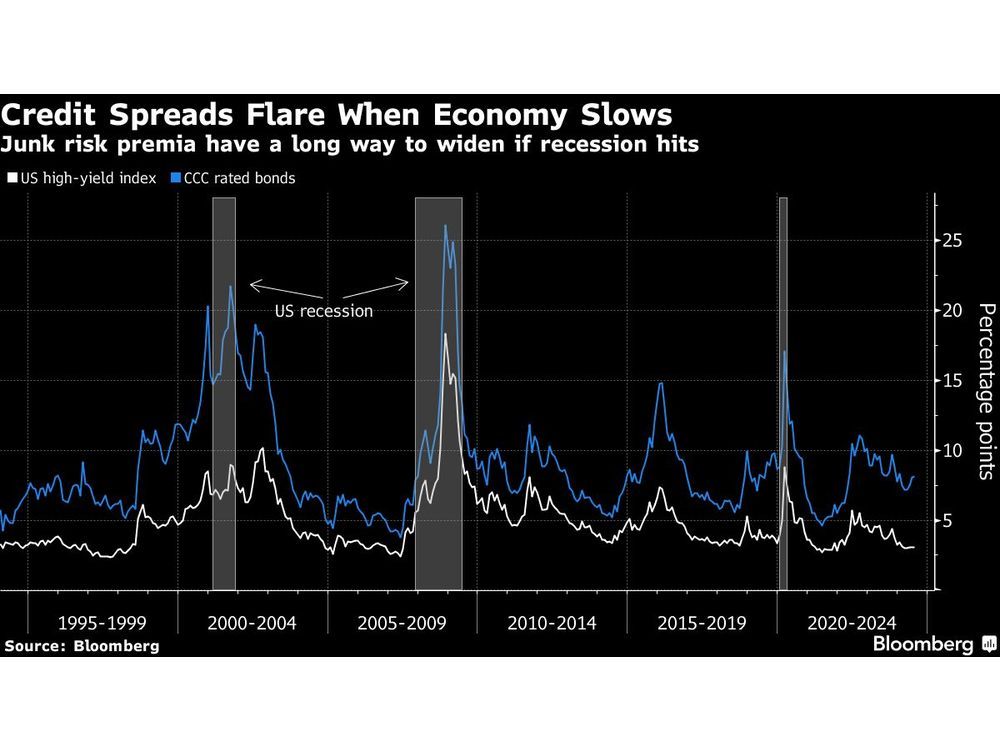Follow us on LinkedIn
Understanding your company starts with an understanding of your company’s costs. To make informed decisions and to keep track of your company’s profitability, understanding the cost of goods manufactured (COGM) is essential. Mostly used by manufacturing companies, COGM includes all of the direct costs associated with making a product. These direct costs can be variable or fixed, but they all contribute to the final cost of the product.
Definition of Cost of goods manufactured or COGM
The Cost of Goods Manufactured (COGM) is a statement that shows the total cost of producing products for a company during a specific period. COGM is the total cost of everything that goes into making a product ready for sale. This includes the cost of materials, labor, and other expenses.
In simple words, COGM is the total cost of all the inputs that go into making a product. The inputs can be direct or indirect, but they all contribute to the final cost of the product.
The importance of COGM
COGM is an important aspect of every manufacturing company’s financial statements and there are several reasons for this.
- It allows tracking the company’s profitability: If COGM is too high, it means that the company is not making enough profit on each product sold. On the other hand, if the COGM is too low, it could mean that the pricing of the product is too low or that the company is not using its resources efficiently.
- COGM can be used in decision-making: It is a good indicator of how much it costs to produce a product and this information can be used to set prices or make production decisions.
- COGM can be used in inventory valuation: COGM is used in the calculation of the cost of goods sold (COGS), which is then used to value inventory. It could be important information that can help in decision-making related to inventory.
- COGM can help identify inefficiencies: If the COGM is too high, it could be an indication that there are some inefficiencies in the production process. By identifying these inefficiencies, the company can take corrective action to improve its profitability.
How to calculate COGM
The formula of COGM is very simple
COGM = Beginning inventory + Additions to inventory – Ending inventory
Let’s take an example to understand this formula.
Suppose Company A has the following information for the year 2019:
Beginning inventory: $100,000
Additions to inventory: $1,000,000
Ending inventory: $200,000
The COGM for Company A would be:
COGM = $100,000 + $1,000,000 – $200,000
COGM = $900,000
As you can see from the example, the calculation of COGM is very simple. All you need is the information about the beginning inventory, additions to inventory, and ending inventory.
Conclusion
Every manufacturing business needs to understand its COGM as it is a key indicator of profitability. By understanding the cost of goods manufactured, businesses can make informed decisions about pricing, production, and inventory. Additionally, COGM can help identify inefficiencies in the production process.
Further questions
What's your question? Ask it in the discussion forum
Have an answer to the questions below? Post it here or in the forum
Meta rolled back January 6-era restrictions on former President Donald Trump's social media accounts ahead of the Republican National Convention.



June saw 75 filings, up from 62 in May and above the pandemic-era peak of 74 in July 2020, according to S&P Global Market Intelligence.

Credit markets are breathing a sigh of relief after inflation data showed price pressures are cooling broadly, but a weakening economy poses fresh risks to corporate debt.